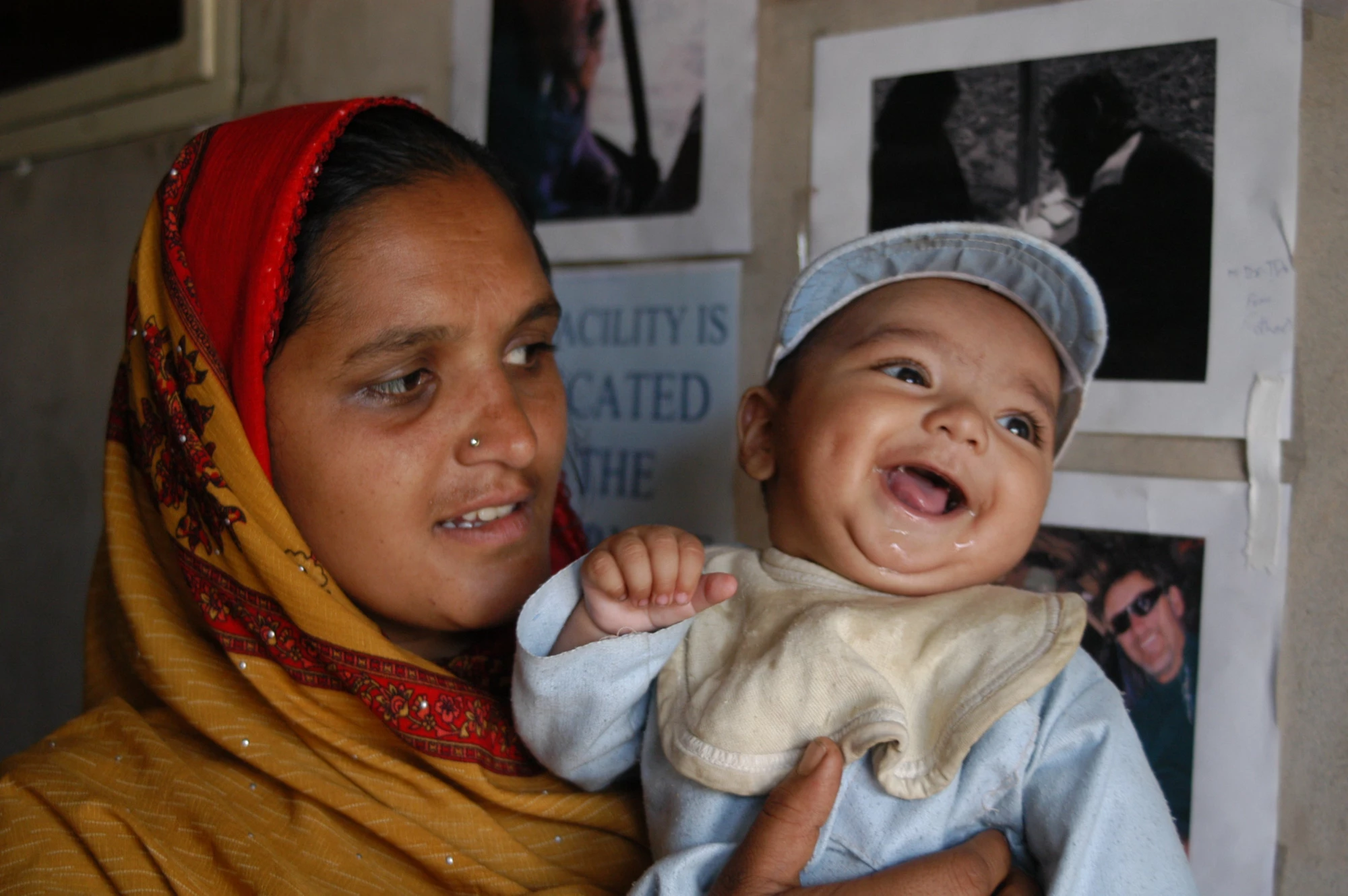 Photo Credit: World Bank
Photo Credit: World Bank
But statistical averages mask the reality of the health and nutrition among the poor and vulnerable in lagging areas of Punjab.
The crisis is visible in the bodies of the children playing in poor neighborhoods.
That is more than double the rate of Punjab’s households in the highest income group.
At the same time, mothers and infants living in poverty have limited access to health and nutrition services essential for early childhood development, including pre- and post-natal care and delivery by a skilled attendant.
Malnutrition is a top priority for Pakistan’s national government as it focuses on human capital, a term that includes health, knowledge, and skills people accumulate to help a country’s economy prosper
The new national government has called for more human capital investment to improve children’s nutrition and health. In line with this, the Punjab government has expressed a strong commitment to invest in their greatest asset – the people of Punjab .
Moving from commitment to action
Should work begin with safe drinking water and improved sanitation in households? Or by offering supplemental rations so children have more nutritious food?
At what point should counseling be introduced to improve dietary and health-seeking behavior? How do overall poverty reduction and gender empowerment programs fit into fighting malnutrition?
Also, what is the best way to ensure poor families have access to basic services and adequately use the services available to them?
The quest for effective solutions continues. The consensus, for now, is that there is a no silver bullet. There is a no short cut.
No single solution will suffice.
What would it take to reduce prevalent malnutrition in Punjab? The root causes of malnutrition are complex, and experts disagree which should be tackled first.
Designing policy options to help young children
SAFANSI, a trust fund financed by the United Kingdom, Australia, and the European Commission, typically provides seed money to test new programs, research nutrition issues, or help policy makers develop priorities and action plans.
In this case, SAFANSI is supporting a Bank team that is designing a project to focus on early childhood development in Punjab’s lagging districts .
Global evidence about the effectiveness of multisectoral approaches to fight child malnutrition has been shared with key policymakers. For example, Peru successfully halved its national stunting rate in just a decade.
SAFANSI helped develop a communication strategy to encourage women to use existing health and nutrition services.
Women’s empowerment is a key part of Punjab’s human capital initiative
SAFANSI helped develop a communication strategy to encourage women to use existing health and nutrition services. The strategy will use practical ways to deliver the message to women through local influencers such as mosque imams, village elders, and community health activists, as well as media and social workers.
SAFANSI funding has enabled the team to carry out local data and evidence building activities. A household survey will collect information to inform policy design and decision making.
SAFANSI also facilitated technical assistance to develop a robust IT-based information system that will track the results among poor and vulnerable households receiving benefits from government programs.
Perhaps most importantly, SAFANSI has supported frequent meetings of stakeholders to brainstorm and collaborate in refining the design of the government’s human capital initiative.


Join the Conversation